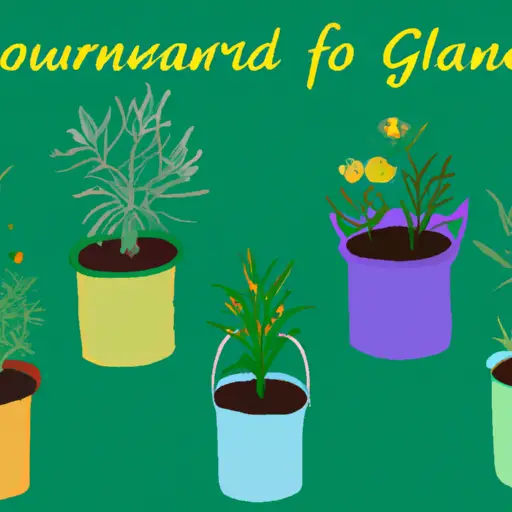How to Start Your Own Container Garden at Home
Container gardening is the perfect way for anyone to start their own garden, regardless of space constraints or gardening experience. Whether you have a sprawling backyard or a small balcony, container gardening allows you to grow your own fresh produce, aromatic herbs, and beautiful flowers right at home. In this article, we will guide you through the steps to start your own container garden.
1. Assess your space: The first step in starting a container garden is to evaluate the available space in your home. Do you have a sunny balcony, a small patio, or even just a windowsill? Determine which areas receive adequate sunlight throughout the day as most plants require at least six hours of direct sunlight.
2. Choose the right containers: Once you’ve identified your gardening space, select suitable containers for your plants. Containers can be made of various materials such as plastic, terracotta, or wood. Ensure that they have drainage holes at the bottom to prevent waterlogging and promote healthy root growth.
3. Select the appropriate soil: Choose a good quality potting mix specifically designed for container gardening. These mixes are lightweight and well-draining while retaining moisture and nutrients essential for healthy plant growth. Avoid using regular garden soil as it may compact in containers and hinder root development.
4. Decide on what to grow: Now comes the fun part – deciding what to grow in your container garden! Consider what you enjoy eating or admire aesthetically when selecting plants. Start with easy-to-grow herbs like basil, parsley, or mint that can be used in daily cooking. Lettuce, tomatoes, peppers, and radishes are also popular choices for edible gardens. If you prefer flowers over edibles, marigolds, petunias, and geraniums are excellent choices.
5. Planting techniques: Before planting seeds or seedlings into your containers, moisten the potting mix slightly to make it easier to work with. Dig a small hole in the soil and gently place the seeds or seedlings, making sure to follow spacing recommendations on the seed packets. Lightly cover them with soil and water thoroughly, ensuring that the soil is evenly moist.
6. Watering and fertilizing: Regular watering is crucial for container plants, as they tend to dry out more quickly than those planted directly in the ground. Water your plants whenever the top inch of soil feels dry, being careful not to overwater as it can lead to root rot. Fertilize your container garden every 2-4 weeks using a balanced water-soluble fertilizer or slow-release granules, following the instructions on the packaging.
7. Pest control: Keep an eye out for common pests like aphids, snails, and spider mites that may affect your container plants. Remove any visible pests by hand or use organic pest control methods such as neem oil or insecticidal soaps. Regularly inspect your plants for signs of diseases like powdery mildew or black spot and take appropriate measures if required.
8. Pruning and harvesting: As your container garden grows, you may need to prune certain plants to maintain their shape and encourage new growth. Pinching off wilted flowers also promotes continuous blooming in flowering plants. Harvest your vegetables and herbs when they reach maturity, ensuring you pick them before they become overripe or too mature.
9. Winter care: Depending on where you live, some plants may not survive freezing temperatures during winter. In such cases, consider bringing your containers indoors or providing them with suitable protection against frost damage. Research specific plant needs in advance and take necessary steps to protect them during colder months.
10. Enjoy the fruits of your labor: Finally, once your plants have flourished and you start harvesting fresh produce from your own container garden, take time to appreciate the joy of homegrown goodness. Share your abundant harvest with friends and family, knowing that you have successfully nurtured your plants from seeds to fruition.
In conclusion, starting your own container garden is a fulfilling and rewarding experience that allows you to connect with nature right at home. By following these steps, anyone can enjoy the benefits of homegrown produce, herbs, and flowers regardless of limited space or gardening expertise. So gather your containers, select your favorite plants, and embark on the journey of container gardening today!













